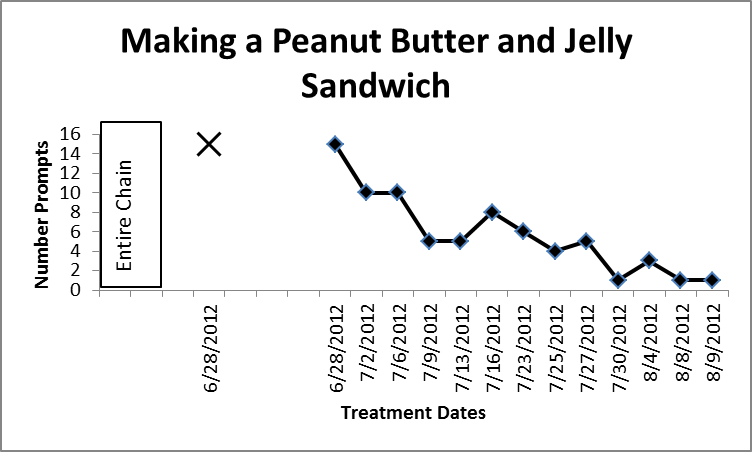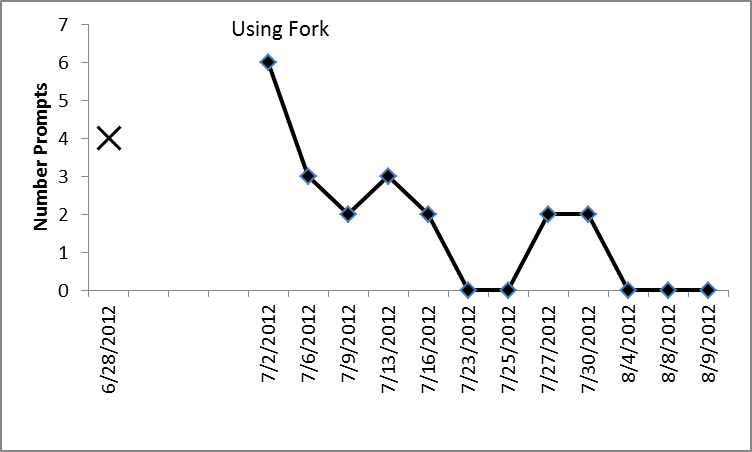ESY (Extended School Year) services are for children with an Individualized Education Program (IEP) who are at risk for regression of skills when there are prolonged periods of time without instruction, specifically during the summer months. The Knapp Center’s ESY services employ the methodology of Applied Behavior Analysis (ABA) to teach children the skills necessary to achieve their annual IEP objectives. An individualized ABA curriculum is created for the child and services are provided in the home, community or school setting. The child’s school agrees to use ESY funds to finance the program. The Board Certified Behavior Analyst supervising your child’s programming will then be available to present your child’s progress to the school district at the end of the ESY term.
Following the Goals Listed in the IEP, we utilize educational techniques and interventions from Applied Behavior Analysis (ABA) to increase skills and achieve IEP objectives. An individualized ABA curriculum is created for your child and services are provided in the home, community setting (i.e. camp) or they can be provided at the school. The child’s school agrees to use ESY funds to finance the program. The Knapp Center provides services to the child, collects data on daily treatment implementation and at the conclusion of services, schedules a meeting with the school to present the child’s progress and interventions used to achieve the progress.
Patient Example – a 13-year old student with CP, autism and cognitive impairment enters into an ESY program with the Knapp Center. The services were delivered in the home, 2-3 sessions per week. All ABA programming was “functional,” meaning that we taught only those skills required to live an independent or semi-independent life as an adult (for example, washing laundry, making a sandwich, using utensils, cleaning eating area, etc.). The following are examples of ABA prompt programs in which this 13-year old young lady was taught to make a sandwich and use a fork. In both programs, we want to see the number of prompts decrease, indicating that the child is achieving more independence with the skill and requiring less support (or prompts from our staff).
In the first graph, you can see the student required 15 prompts (hand over hand prompts, or what is called a full physical prompt) in order to make a peanut butter and jelly sandwich. After 14 treatment sessions, spread over 7 weeks, she was completing this skill with no prompting from the therapist.

In the second graph, you can see the student required 4 full physical prompts to appropriately use a fork to eat. After 12 treatment sessions, spread over 7 weeks, she was completing this skill with no prompting from the therapist.

